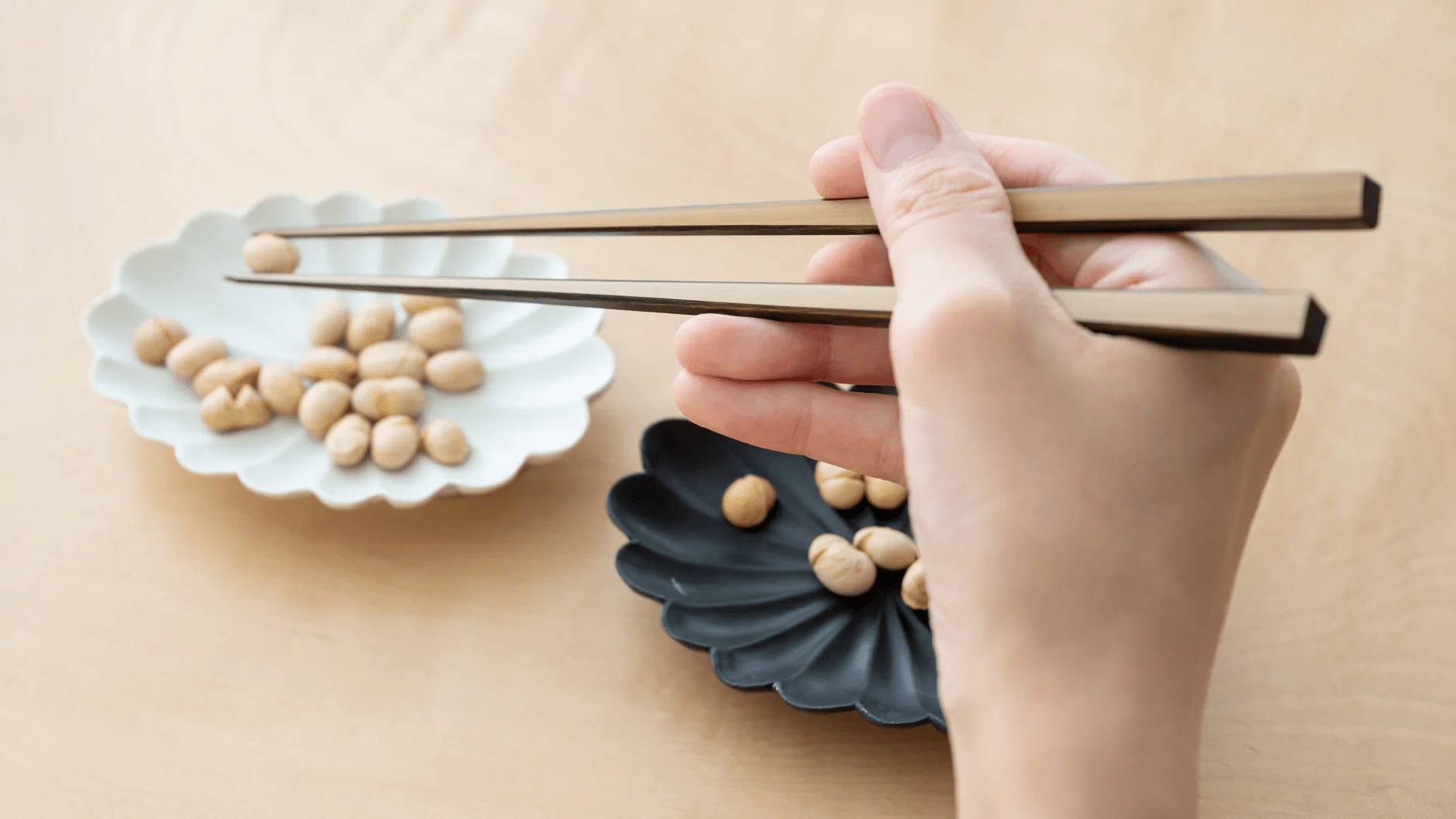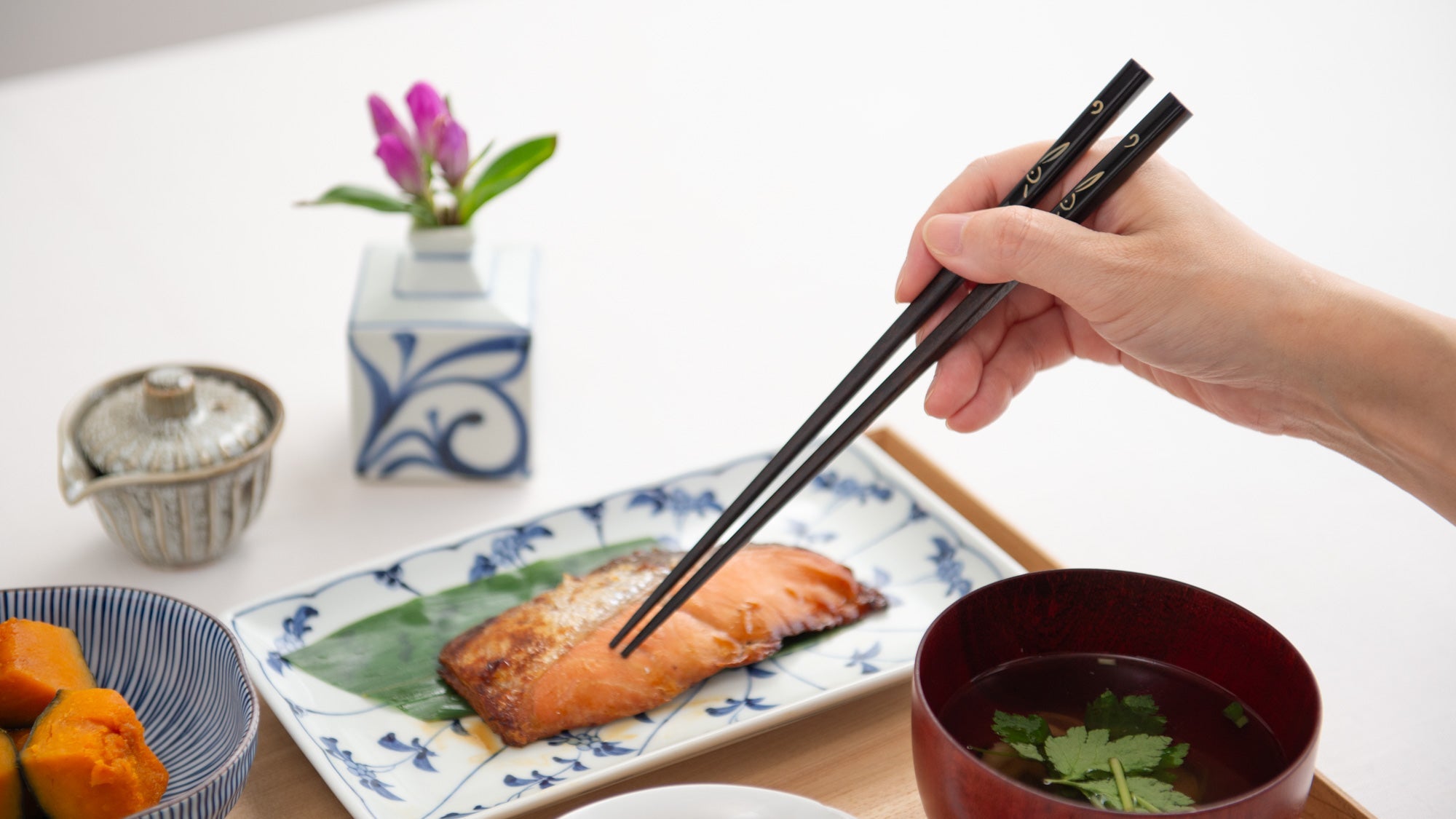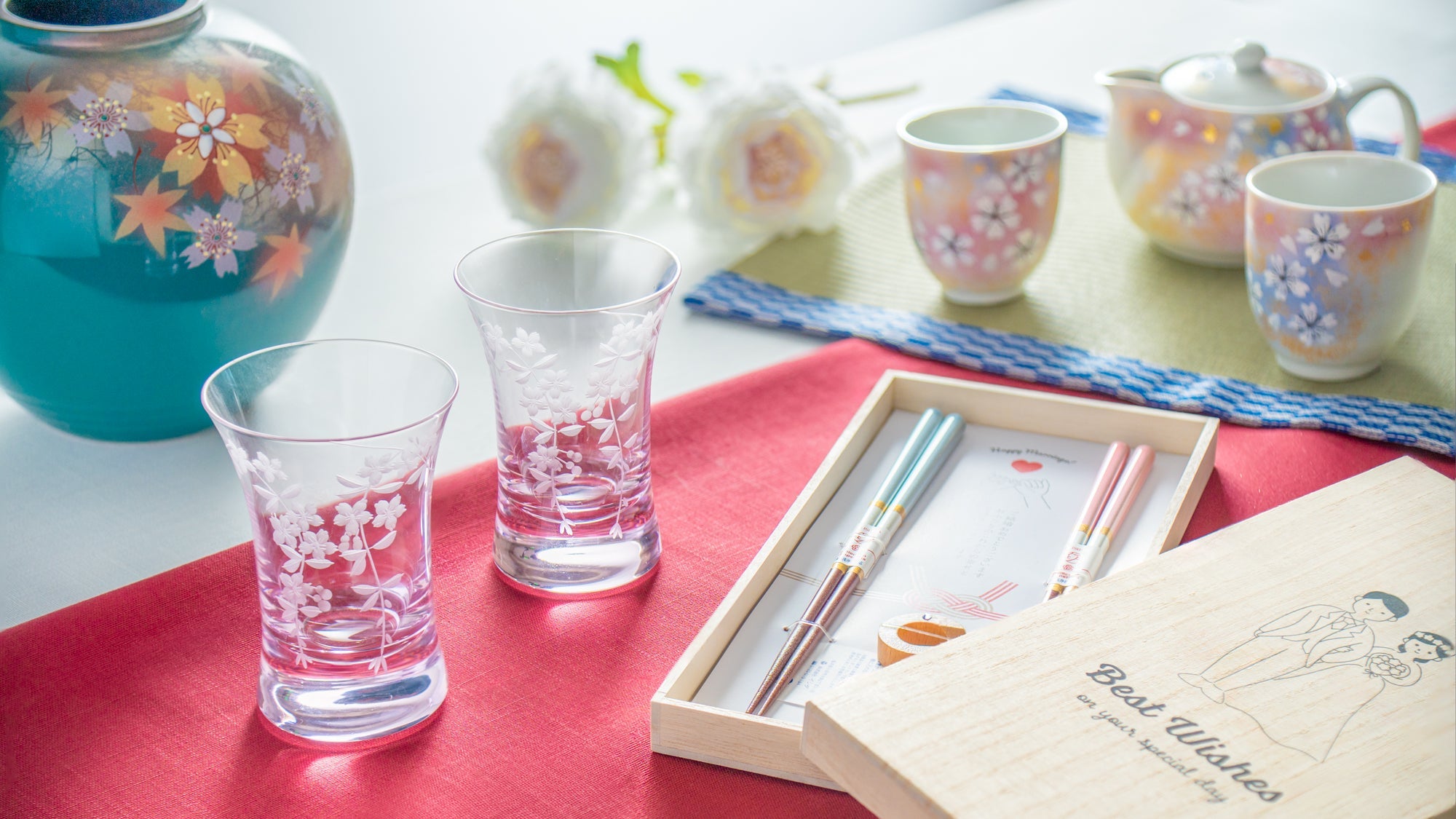
5 Japanese-American Fusion Foods You Need to Taste
Written by Team MUSUBI
When two cultures merge, it is only natural that their food undergoes changes, including ingredient substitutions, taste variations, and the creation of entirely unique dishes. Having the second-largest Japanese population outside of Japan, the United States is the place of origin of several famous examples of cross-cultural cuisine. In this article, we will look at some of the most famous dishes in Japanese-American fusion cuisine.
table of contents
California Roll

Unlike classic Japanese sushi, which usually features raw fish and minimal ingredients, the California roll uses cooked ingredients and a variety of textures, making it more approachable to a Western palate. The base of a California roll is sushi rice seasoned with vinegar, layered with nori seaweed, and filled with crab (or imitation crab), avocado, and cucumber. This makes it a combination of creamy and crunchy textures. Another important distinction is that, unlike most traditional Japanese sushi rolls, the California roll is often made “inside-out,” with the rice as the outside layer and a sheet of nori beneath it.
Sushi is, of course, a centuries-old and integral part of Japanese cuisine, which originated as a way to preserve fish, evolving over time into the classic combination of vinegared rice and fresh ingredients. Traditionally, sushi chefs in Japan use raw fish, vegetables, and rice to create delicately balanced flavors. However, as sushi spread internationally, chefs began to experiment, adapting ingredients and techniques to make sushi appealing to different cultures.

The California roll is widely credited to Mashita Ichiro, a Japanese sushi chef in Los Angeles during the 1960s and 70s. Seeking a way to cater to Americans who were hesitant about raw fish and seaweed, Mashita substituted crab for raw fish and added avocado for creaminess, creating a roll that combined Japanese techniques with American ingredients. The “inside-out” style, with rice on the outside, further reduced the seaweed flavor, making it even more approachable for American diners unaccustomed to sushi, who had a tendency to peel off the traditional layer of nori seaweed.
This innovative approach made sushi popular in the West and ultimately helped the proliferation and acceptance of traditional Japanese cuisine on a global scale. Today, the California roll remains one of the most popular types of sushi worldwide, and it has inspired countless other fusion rolls, like the Philadelphia roll with cream cheese and the spicy tuna roll with sriracha. What’s more, the California roll has even made its way back to Japan, appearing on some restaurant menus in Japan.
Okonomiyaki Pizza

Pizza and okonomiyaki share much in common, from their highly customizable nature to their accessibility and appeal to the general public. Okonomiyaki pizza takes the essence of traditional Japanese okonomiyaki and reimagines it in the form of a pizza. The base is often made from a pizza dough or a thick, pancake-like batter inspired by okonomiyaki itself. This is then layered with shredded cabbage, just like traditional okonomiyaki, and topped with various ingredients that can include pork, seafood, or even cheese.
Once cooked, an okonomiyaki pizza is generously topped with the classic okonomiyaki sauce—a thick, savory-sweet sauce similar to Worcestershire but thicker and richer in flavor. A creamy, tangy mayonnaise applied in an abundant, zig-zag pattern on top is then sprinkled with traditional okonomiyaki toppings such as aonori “seaweed flakes,” katsuobushi “bonito flakes,” and scallions.
While the okonomiyaki pizza is a modern twist, the origins of okonomiyaki itself date back centuries. Often dubbed as Japanese “soul food,” okonomiyaki is a savory pancake that consists of a base of wheat flour batter mixed with shredded cabbage, to which various ingredients—such as pork, shrimp, octopus, and green onions—can be added according to one’s preference. The name “okonomiyaki” itself means "grilled as you like," reflecting its customizable nature.

Precursors of the okonomiyaki can be traced back to the 16th century, but the dish did not come into its own until the 1930s when the term was coined for the first time at a shop in Osaka. In the aftermath of the Great Kanto Earthquake and World War II, rice shortages made this wheat-based dish an affordable alternative. Today, okonomiyaki is beloved across Japan, with regional variations in Osaka, Hiroshima, and Tokyo each adding its own unique twists.
Sushi Burrito

The portability of a burrito meets the freshness and umami of sushi, to create the hybrid “sushi burrito.” Compared to the beloved compact, bite-sized Japanese sushi rolls, the sushi burrito is a larger, more portable version packed with a variety of fillings and flavors. Drawing from both Japanese and Mexican culinary traditions, the sushi burrito consists of seasoned sushi rice and nori seaweed which encase fillings like raw or cooked fish and fresh vegetables. Spicy mayo, avocado, and other toppings add zest and texture.
While the sushi burrito may be a modern creation, its essence is rooted in traditional Japanese sushi-making techniques. Traditional sushi is carefully prepared in small portions, emphasizing the quality of each ingredient. With the rising popularity of sushi, chefs worldwide have been eager to create new dishes that pack a similar taste while appealing to a wider audience. The sushi burrito emerged as part of this trend, blending the concept of hand-held food with the traditional flavors of sushi.

The sushi burrito is credited to Peter Yen, founder of a San Francisco-based restaurant, Sushirrito, which opened in 2008. Inspired by the convenience and popularity of the Mexican burrito, Yen saw an opportunity to create a sushi-inspired version that would offer a satisfying meal on the go. His alternative to fast food quickly gained popularity among diners.
The ingredients of the sushi burrito go beyond traditional Japanese influences, often incorporating ingredients such as sriracha, jalapeños, fried onions, and even mango. This highly creative take on sushi draws comparisons to the now-ubiquitous California roll, leading us to wonder about its potential for even greater popularity, as it has been popping up in fusion restaurants, food trucks, and sushi chains worldwide.
Ramen Burgers

The structure of the American burger, a staple cherished for its versatile nature and heartiness, is combined with ramen, a centuries-old Japanese dish known for its rich broth and chewy noodles, traditionally enjoyed in a bowl with various toppings like chashu pork, green onions, and soft-boiled eggs. This hybrid swaps the bread of a traditional hamburger with two crispy-yet-chewy "buns" made from pressed, cooked ramen noodles. Sandwiched between them is a juicy beef patty along with toppings inspired by both Japanese and American flavors, such as soy-based sauces, scallions, or a fried egg.
This hybrid dish gives the rich umami of ramen a hand-held convenience of a burger, creating a satisfying and memorable eating experience, allowing people to enjoy ramen on-the-go without the need for chopsticks or broth.

The ramen burger was invented in 2013 by Shimamoto Keizo, a Japanese-American chef based in New York. Inspired by both his Japanese heritage and his love for American food, Shimamoto wanted to create a dish that combined the two in a novel way. By pressing ramen noodles into buns and seasoning with soy sauce instead of traditional condiments, he created a unique and captivating dish. When he introduced the ramen burger at a food fair in Brooklyn, it quickly became a sensation, drawing long lines of people eager to try this new concept. Shimamoto's ramen burger showcased how traditional flavors could be reimagined through new techniques and sparked follow-up experiments by other chefs using ramen in unconventional ways, from ramen-topped pizzas to ramen-crusted fried foods.
Spicy Tuna Tartare

A modern appetizer that blends Japanese and French culinary traditions, spicy tuna tartare hits us with the heat of chili while savoring the umami of fresh tuna. A bold and tasty dish, it uses raw tuna, finely chopped and mixed with a spicy sauce, typically made with sriracha, soy sauce, and sesame oil. Garnished with avocado, scallions, and fish roe, it's served on crispy wonton chips, cucumber slices, or even as a filling for sushi rolls.
French cuisine’s rich tradition of tartare dishes, typically made with finely chopped raw beef mixed with seasonings, herbs, and spices, is reimagined through a Japanese perspective, appealing to those who love both fresh sushi and appetizers.
While no single chef is credited with inventing spicy tuna tartare, the dish gained popularity in the 1980s and 1990s, around the same time as other fusion dishes like the California roll. During this period, sushi chefs outside of Japan began experimenting with flavors and textures that would cater to Western preferences, offering new ideas that were often adventurous and unique yet somehow familiar.
Today, spicy tuna tartare can be found in Japanese fusion restaurants, high-end sushi bars, and trendy eateries worldwide. Its popularity has led to numerous variations, with some chefs incorporating ingredients like truffle oil, yuzu, or crispy bits of tempura.
A testament to how traditional cuisine can evolve and thrive in new cultural contexts, these fusion favorites have created a culinary bridge between East and West, introducing new flavors and textures that continue to delight food lovers around the world.








Leave a comment
This site is protected by hCaptcha and the hCaptcha Privacy Policy and Terms of Service apply.